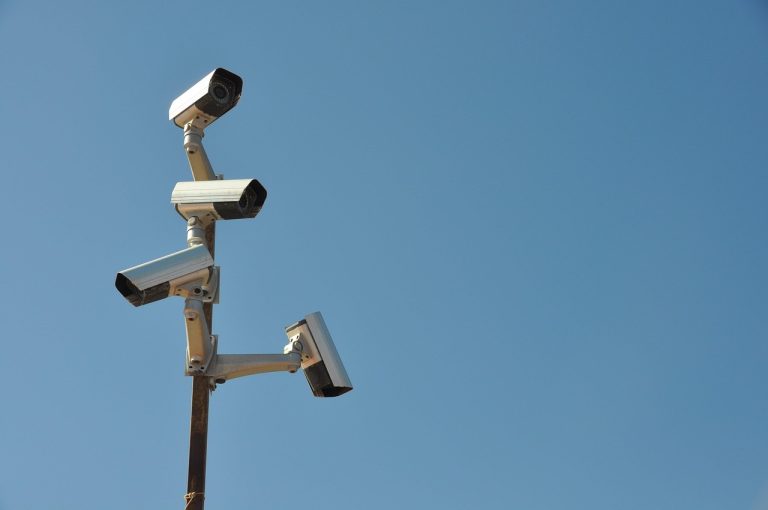
The National Institute of Standards and Technology (NIST) now faces the imminent threat of sweeping layoffs, instigated by the administration of Donald Trump. In the coming days, the agency could lose hundreds of employees, including leading experts in information technology, artificial intelligence, and cybersecurity.
NIST personnel report that the institution has been bracing for these cuts since Trump assumed office. Anxiety escalated further with the recent arrival of representatives from the so-called Department of Government Efficiency (DOGE)—a body established to curtail federal expenditures. According to eyewitness accounts, these officials have already attempted to gain access to the agency’s IT systems.
The wave of dismissals has also affected the Cybersecurity and Infrastructure Security Agency (CISA), which has lost several key specialists. This comes amid a broad realignment of federal priorities and budget reductions, sparking grave concerns among national security experts.
At NIST, the layoffs are expected to impact approximately 500 newly hired employees still within their probationary period. Additionally, laboratory directors appointed less than a year ago now find themselves at risk. Official termination notices are anticipated to be issued as soon as Friday, February 28.
Particular unease surrounds the future of the Artificial Intelligence Safety Institute (AISI), an entity established under an executive order by former President Joe Biden. Trump has since rescinded this directive, labeling it an obstacle to American AI dominance.
AISI had been working alongside leading AI developers, including OpenAI and Anthropic, assessing risks and rigorously testing advanced models. However, the Trump administration appears poised to dismantle the initiative: Vice President J.D. Vance recently asserted that the administration prioritizes AI’s economic potential over its safety concerns.
Another major casualty of these workforce reductions could be the National Vulnerability Database (NVD)—a vital repository of software and hardware vulnerabilities maintained by NIST. As a cornerstone of cybersecurity infrastructure, this CVE catalog provides global organizations with real-time intelligence on emerging threats.
Any disruption in NVD updates—or its outright dissolution—could leave businesses and government agencies dangerously unprepared for future cyberattacks, posing severe risks to national security.
The scale of these layoffs has triggered mounting alarm among lawmakers and industry experts. Democrats in Congress warn that slashing NIST’s budget could have far-reaching economic repercussions, as the institute plays a critical role in timekeeping standards, infrastructure security, and semiconductor research. Representative Jake Auchincloss condemned the measures as “economically unsound”, arguing that undermining the agency’s operations would ultimately drive up costs for businesses.
The reallocation of federal resources has now begun to impact an increasing number of key agencies, redefining governmental priorities. These mass layoffs are part of a broader shift reassessing the role of scientific and technological institutions within the federal apparatus.
How these changes will shape America’s long-term innovation and security remains an open question—one that only time will answer.


